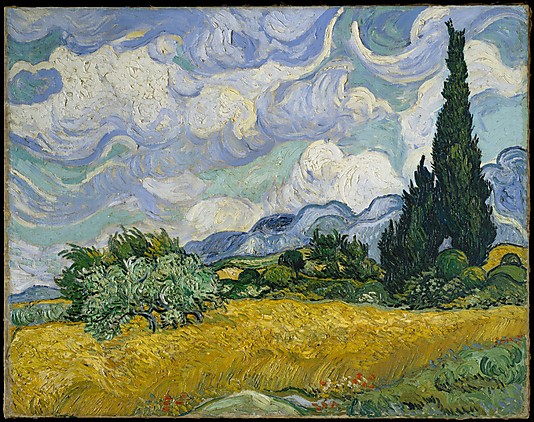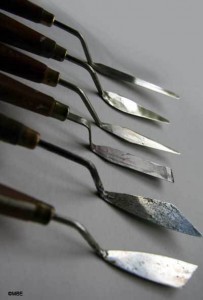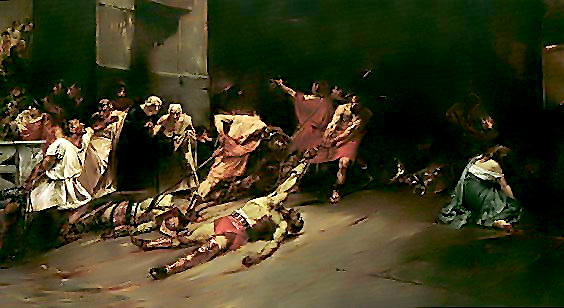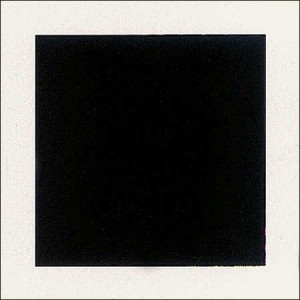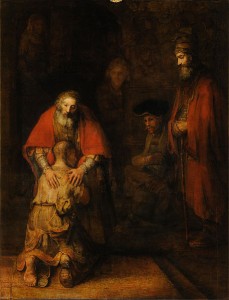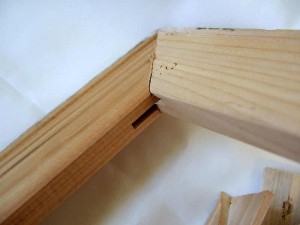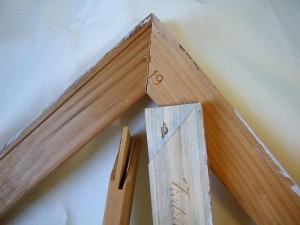Stuck in a Rut? 5 Ways to Get Inspired to Paint
There are times in an artist’s life when he feels uninspired, unmotivated, and uncreative. It’s like there’s a creative lull, especially after finishing a major artwork. You feel like you’ll never be able to create another beautiful painting again, you’re tired of picking up your paintbrush and starting your first stroke on the canvas, you have no inspiration to work on. If you are in this phase, here are some ways which can help you get out of the creative block you’re experiencing.
1. Look around you to get inspiration. Get out of your studio and take a walk. Be conscious of your surroundings. Notice the things around you. Look with a fresh new perspective of your environment. Sometimes, because an object, a person, or an event is ordinary to you, you may not take notice of it. You’ll be surprised how simple, ordinary things around you can give you inspiration on your next painting. You’ll be able to express yourself more accurately if your subject is something which you can relate to, or something that you are familiar with.
2. Work on more than one painting at a time. This technique seems absurd. You are uncreative yet I’m suggesting you to work on two paintings. A painting, especially if it’s big-scale, can drain your creative juices in the long run. Working on the same project everyday can be a bit tiresome and tedious. To sort of “spice up” your painting sessions, try doing two paintings. If you’re finished with an area or element in the first painting and you’re feeling tired, you can then switch to the second painting. This allows you to rest your mind from the first painting and when you come back to it, you will see areas which you can improve and enhance.
3. Experiment with a different painting technique or medium. Humans are creatures of habit. We want to do the same things in the same way. If you’re feeling uninspired, try to create a new habit in painting. Learn a new painting style and start using it. This may be a trial and error exercise for you but as you go along, you’ll improve and hopefully, master this new painting style. It can even be your new signature style in your paintings. If you’re always working with oil paints, try using watercolors or pastels. Different media require different treatments, brush strokes, and handling. You may have to learn more about a new medium that you want to work on and studying about it may give you the motivation to start painting again.
4. Look at the artworks of other painters. Art galleries, museums, and art exhibitions showcase numerous paintings and other artworks. Seeing the creativity of other artists can also inspire you to do your own masterpiece. Look at the Internet for paintings done by famous artists and see if you can learn a thing or two about how use the same painting technique or materials in your own project. Check out art magazines to see what subjects are popular nowadays, who are the upcoming artists, or where you can get art lessons.
5. Meet with other artists. Get together with your art friends. If all of you are busy, schedule an appointment that all of you will keep. This is when you can share your ideas, frustrations, tips, problems, etc. Discussing with your art buddies can help you get fresh ideas, be motivated and refreshed. After a lunch or coffee with friends, you may find yourself filled with enthusiasm and eagerness to create another beautiful artwork.
Image source: www.thecreativecomplex.com


